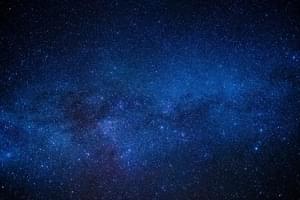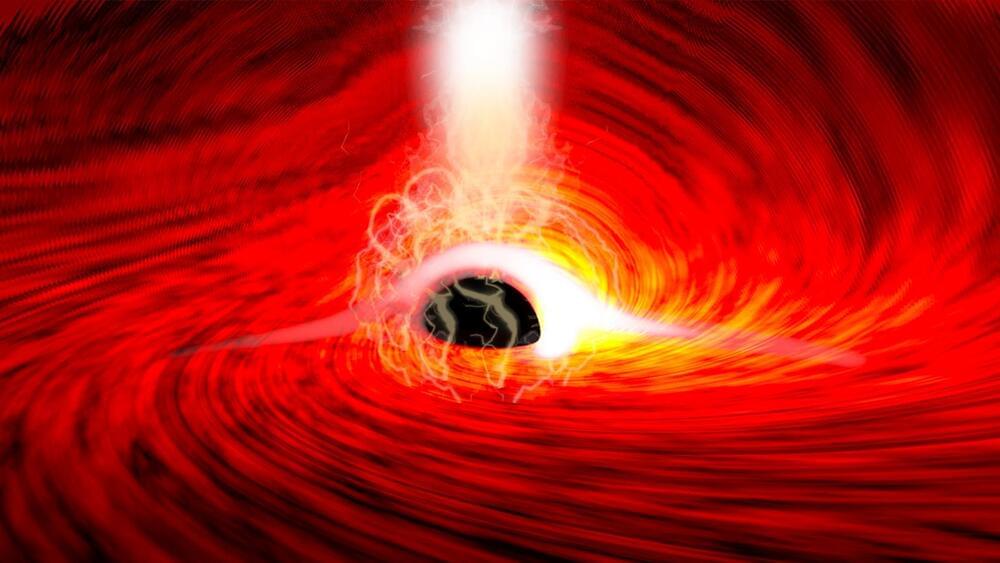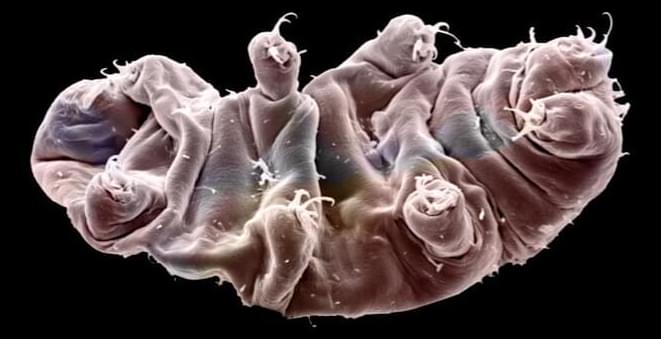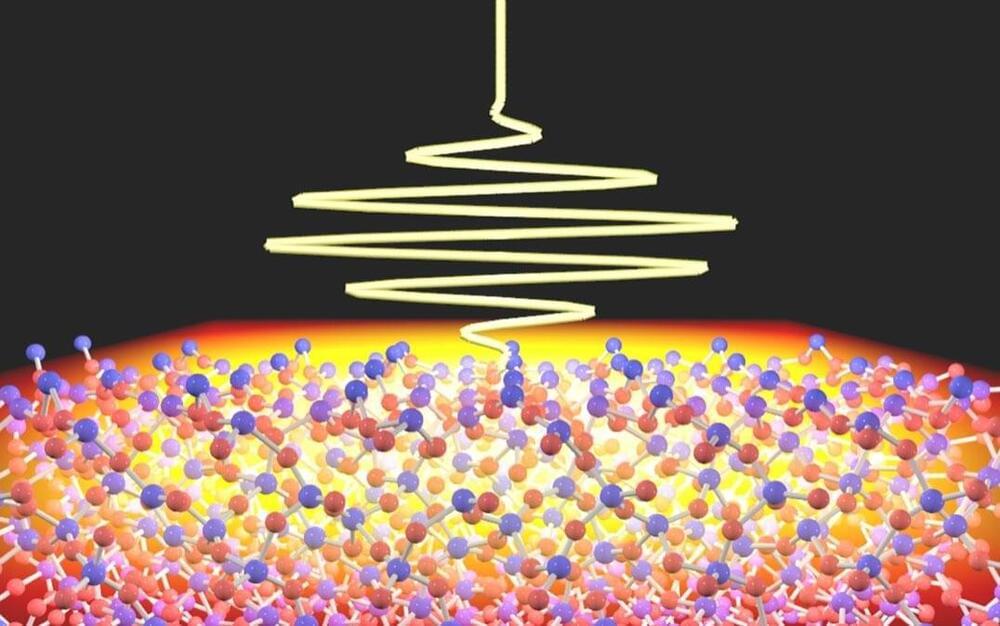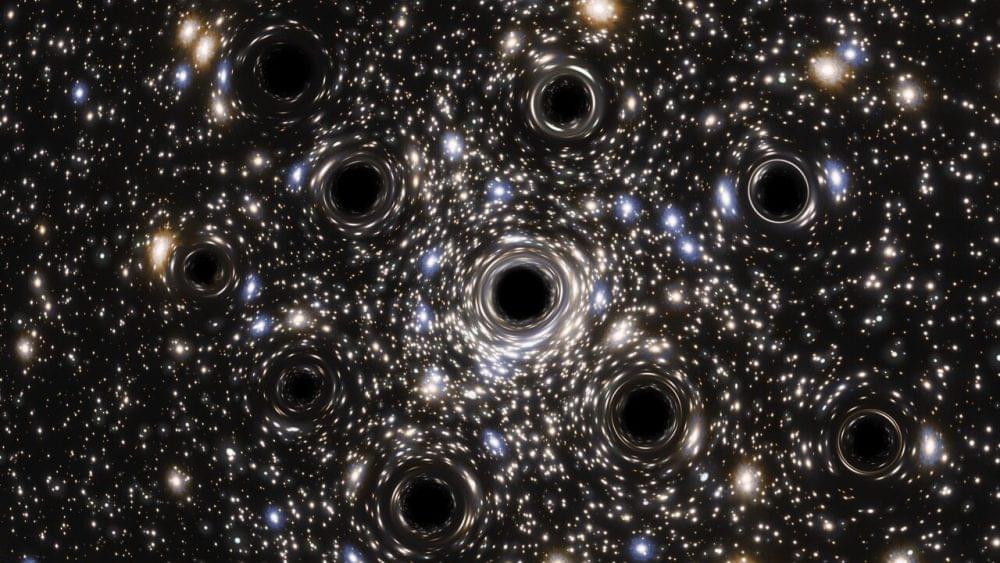We search for the signature of parity-violating physics in the cosmic microwave background, called cosmic birefringence, using the Planck data release 4. We initially find a birefringence angle of β=0.30±0.11 (68% C.L.) for nearly full-sky data. The values of β decrease as we enlarge the Galactic mask, which can be interpreted as the effect of polarized foreground emission. Two independent ways to model this effect are used to mitigate the systematic impact on β for differen… See more.
We search for the signature of parity-violating physics in the cosmic.
Microwave background, called cosmic birefringence, using the Planck data.
release 4. We initially find a birefringence angle of $\beta=0.30\pm0.11$ (68%
C.L.) for nearly full-sky data. The values of $\beta$ decrease as we enlarge.
The Galactic mask, which can be interpreted as the effect of polarized.
foreground emission. Two independent ways to model this effect are used to.
mitigate the systematic impact on $\beta$ for different sky fractions. We.
choose not to assign cosmological significance to the measured value of $\beta$
Until we improve our knowledge of the foreground polarization.

